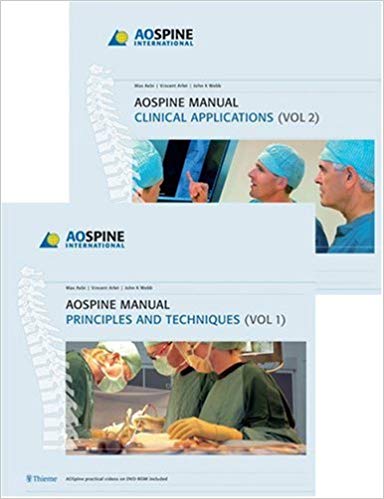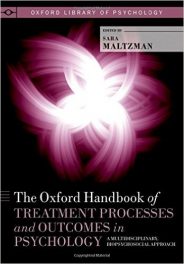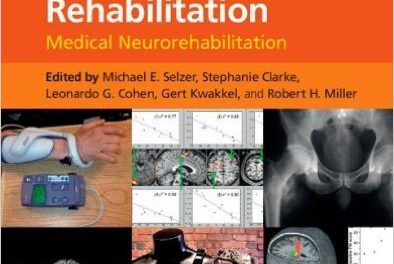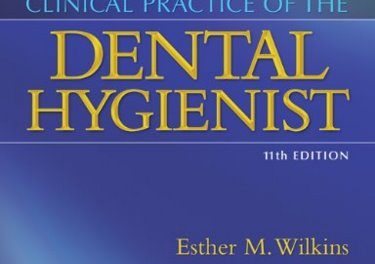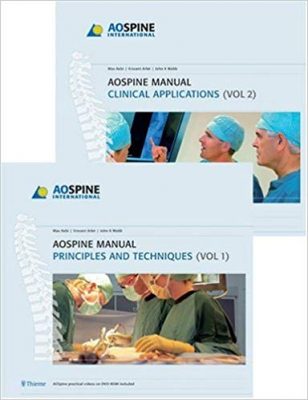 Editors: Max Aebi, MD; Vincent Arlet, MD, and John K. Webb, MBBS
Editors: Max Aebi, MD; Vincent Arlet, MD, and John K. Webb, MBBS
Video Editor: John K. O’Dowd, FRCS Orth
Publisher: Thieme – 1,500 pages Book Review by: Nano Khilnani
The education of orthopedic surgeons through collaborative sharing of information, knowledge, experience, and insight they have gained is the principal objective of the AO organization which is based in Switzerland and was founded in 1958. A popular means of sharing information is through interactive discussions in courses on various subjects.
We have not found what ‘AO’ stands for but it probably refers to advanced orthopedics. The four pillars of the AO organization are: development, education, research, and clinical investigation and documentation. Within this organization, there is an education institute and a research institute, both in Davos, and a clinical investigation unit in Dusseldorf.
Numerous books have been published whose titles begin with terms such as AO Masters, AOSpine, AOTrauma and the like, with their distinctive white covers. One characteristic that separates all such books is that all content presented within them must be based on at least one real-life case of a patient who has, or has had an orthopedic (bone-related) abnormality, ailment, disease, disorder, or deformity.
In this two-volume book of 1,500 pages, you will find a wealth of information on topics related to the chapter titles we enumerate below. You will discover if you do not already know, that the basis of this information is factual, not just conjectural. Be assured also that the knowledge acquired and shared by the editors and authors of these two volumes has been done in a spirit of cooperation with one another, for the greater good of finding new and innovative treatments for afflicted patients around the world.
Principles and Techniques (Volume 1 – 663 pages)
Thirty-one specialists in orthopedics and orthopedic surgery; anesthesia; musculoskeletal surgery; neurological surgery; spine care, research, and studies; surgical technologies; and trauma surgery authored the nine sections of volume 1 listed below as an overview of the contents. The authors of this volume are from seven countries: Austria, Canada, France, Germany, Switzerland, the United Kingdom, and the United States.
- Preface- AO Education and Teaching Concept
- Introduction – AO Principles Applied to the Spine
- History of Spine Surgery within AO
- Biomechanics of the Spine
- Biology of the Spine
- Surgical Anatomy of the Spine
- Spinal Instrumentation
- Computer-Assisted Surgery
- Anesthesia for Spine Surgery
Volume 1 as indicated by the editors in their Preface “is a comprehensive manual intended to aid in the understanding of the scientific backgrounds of spine surgery, and the systematic teaching of surgical techniques and applications as they are communicated in the AOSpine courses. This volume is the most comprehensive book on surgical procedures, which deals with almost all the established surgical techniques and principles applied today in spine surgery.”
Clinical Applications (Volume 2 – 837 pages)
Fifty-nine specialists in the areas named above, authored the 10 sections of volume 2, with various chapters within them. The chapters are too numerous to list here, just as in volume 1. We list the sections below to provide you an overview of coverage of this volume. The authors are from 12 countries: Austria, Brazil, Canada, Chile, Colombia, Finland, France, Germany, the Netherlands, Switzerland, the United Kingdom, and United States.
- Spinal Trauma
- Spinal Tumors
- Infections of the Spine
- Inflammatory Processes
- Deformities of the Spine
- Spondylolysis, Spondylolisthesis, Spondyloptosis
- Degenerative Spinal Diseases
- Metabolic Bone Disease of the Spine – Osteoporosis
- Complications in Spine Surgery
- Documentation, Evaluation, and Outcome in Spine Surgery
Let’s take a look inside chapter 1.2.1 – Upper Cervical Spine, part of section 2 – Spinal Trauma, to see how the material is outlined and the various topics discussed in it. We see that other chapters of both volumes are so outlined and presented with discussions of the topics. The authors of this chapter are Stefan Schaeren, Alexis Falicov, Charles Fisher, and Marcel Dvorak. The outline is as follows:
Introduction – The authors state here that one third of all injuries of the cervical spine are localized in the upper cervical spine. They point out that lesions are produced by high-energy trauma such as motor vehicle crashes, or fall from a height
Clinical Applications
Atlantoocciptal Dislocation Case – Case 1
Case Presentation A 29-year-old male patient sustained multiple injuries due to a motorcycle crash. On the accident scene he presented with a Glasgow coma scale of 3 and was intubated. Upon arrival at the hospital in an ambulance, x-rays of the head and neck revealed a retro-pharyngeal swelling and an increased occipitocervical distance.
Computed tomography (CT) scans showed a cerebral edema, a bilateral atlantooccipital dislocation, a lung contusion, and a fracture dislocation of the left acetabulum. With magnetic resonance image (MRI) an avulsion of the occipitocervical ligaments and a leakage of the cerebrospinal fluid in the retropharyngeal space were detected. Vertebral arteries and the basilar artery were found to be intact.
Hemodynamic instability due to bleeding from a mesenteric artery required an emergency laparatomy. Occipitocervical fusion to C2 was performed the next day using the Magerl technique of trans-articular screw fixation C2/1 combined with the Cervifix
Rational of Treatment Atlantooccipital dislocation (chapter 1.1.1) is a frequently seen lethal injury in trauma victims, but a very rare pathology in survivors. A severe deceleration trauma in motor vehicle accidents is a common pathomechanism.
Surgical Treatment Consequently, the authors indicated an early surgical stabilization to optimize the chance for a neurological recovery and to improve the patient’s intensive care treatment. The spine surgery and postoperative course were uneventlful. The postoperative morphological evaluation revealed anatomical joint alignment.
An osteosynthesis of the acetabulum was performed a few days later. After the weaning program, the patient presented an incomplete tetrraplegia. The rehabilitation program is still in progress.
This two-volume work does not just simply provide details of different types of surgeries for various types of conditions and fractures, but it provides an understanding of the approaches, concepts, and controversies that can exist in treating patients with bone and spinal ailments.
In addition, each surgical chapter in the book is designed based on a classic, structured format that includes an introduction, epidemiology, pathophysiology, clinical diagnosis, radiographic evaluation, surgical indications and techniques, and at least one or two case examples to illustrate and elaborate on the main topic and related subtopics covered and discussed.
This is a well-presented book on spinal injuries that is also very authoritative, with excellent authorship by a large number of highly qualified and seasoned specialists in this field.
Editors:
Max Aebi, MD,DHC, FRCSC is affiliated with the Institute for Evaluative Research in Orthopedic Surgery at the University of Bern in Bern, Switzerland.
Vincent Arlet, MD is affiliated with the Department of Orthopedic Surgery at the University of Virginia in Charlottesville, Virginia.
John K. Webb, MBBS, FRCSC is affiliated with the Spine Unit at University Hospital and Queen’s Medical Centre in Nottingham in the United Kingdom.

